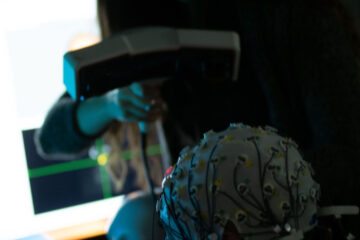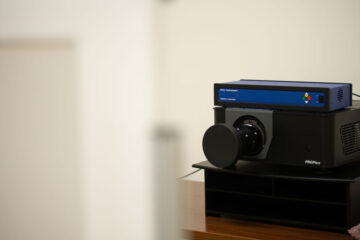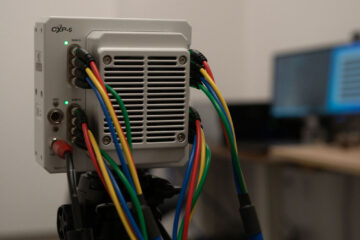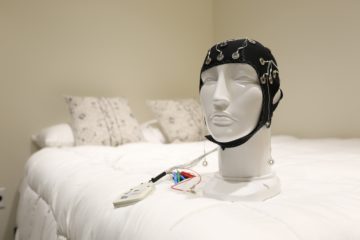
There are a multitude of perceptual details that people can attend to during social interactions. In order to interact effectively without being caught up in these low-level details, people form an abstract mental representation of the information surrounding the interaction. In this study, we examine how this ability to form simplified mental representations when perceiving images of faces relates to social cognitive ability.












